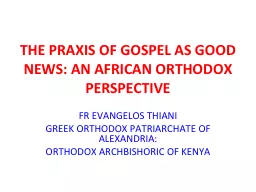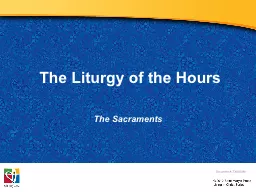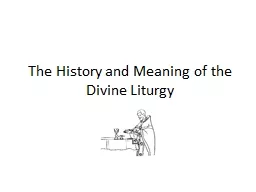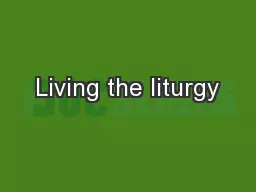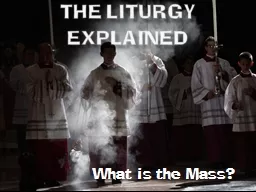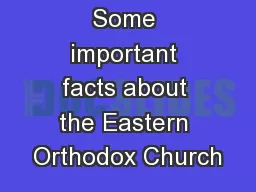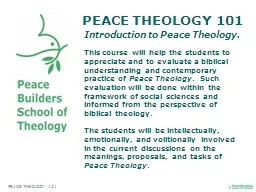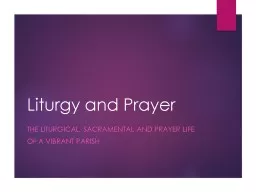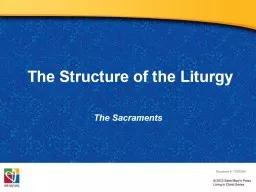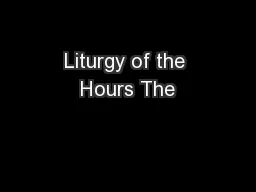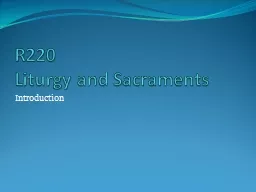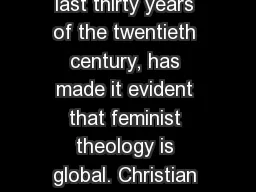PPT-The Cross in Orthodox Theology, Liturgy & Iconography
Author : bikerssurebig | Published Date : 2020-06-22
Third Sunday of Lent Veneration of the Holy Cross How and when did Christians start to depict images of Jesus on the cross Some believe the early church avoided
Presentation Embed Code
Download Presentation
Download Presentation The PPT/PDF document "The Cross in Orthodox Theology, Liturgy ..." is the property of its rightful owner. Permission is granted to download and print the materials on this website for personal, non-commercial use only, and to display it on your personal computer provided you do not modify the materials and that you retain all copyright notices contained in the materials. By downloading content from our website, you accept the terms of this agreement.
The Cross in Orthodox Theology, Liturgy & Iconography: Transcript
Download Rules Of Document
"The Cross in Orthodox Theology, Liturgy & Iconography"The content belongs to its owner. You may download and print it for personal use, without modification, and keep all copyright notices. By downloading, you agree to these terms.
Related Documents


